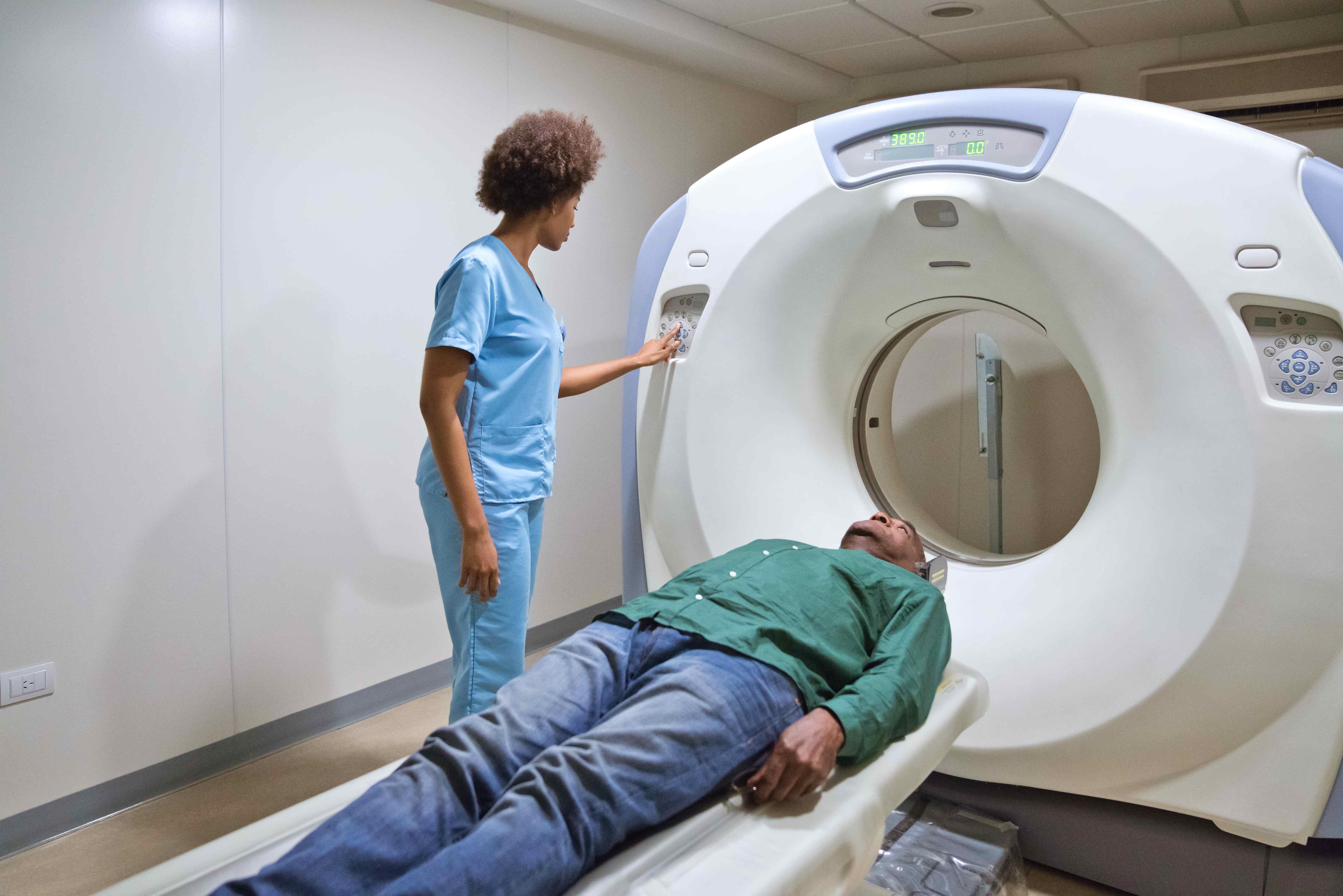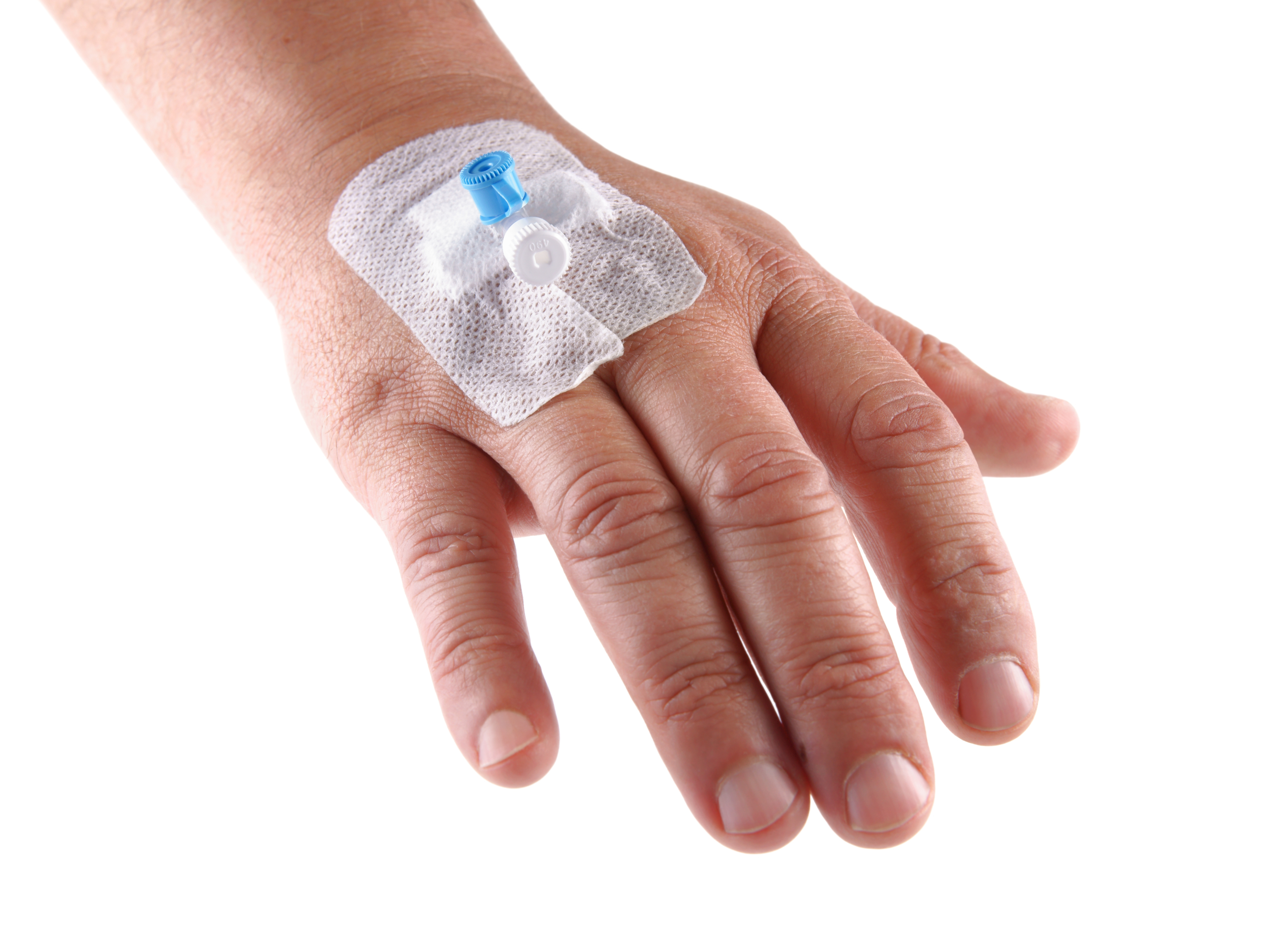Positron Emission Tomography (PET) Scan
A PET scan produces detailed three-dimensional images of the inside of your body. It can clearly show any part of the body. This includes any areas that look abnormal.
A standard PET scanner is a large, donut-shaped machine. It looks like a CT scanner. It has a short tunnel in the centre. You will be asked to lie on a table that then slides into the short tunnel.
A PET scan is often used to:

 This is called a radiotracer. To do this the radiographer will first put a small tube into the vein on the back of your hand or your arm. This is called a cannula.
This is called a radiotracer. To do this the radiographer will first put a small tube into the vein on the back of your hand or your arm. This is called a cannula. Yes, there are some special instructions you need to know.
